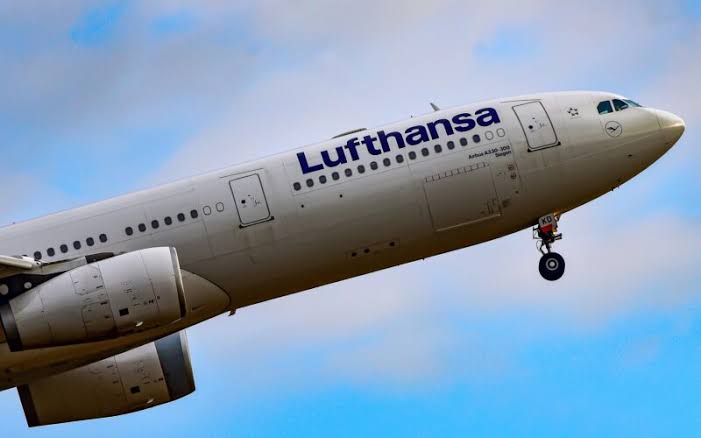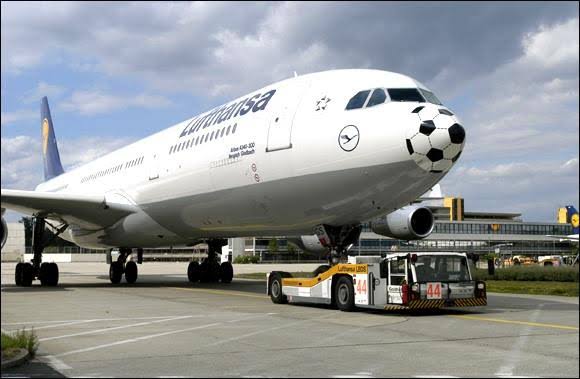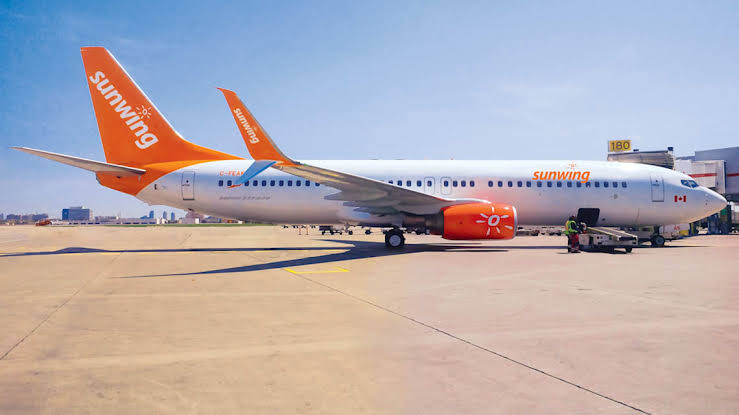Passenger sues Lufthansa over injuries from Austin-Germany flight turbulence
Passenger Sues Lufthansa Over Injuries from Austin-Germany Flight Turbulence
April 27, 2025 — A passenger has filed a lawsuit against German airline Lufthansa following a harrowing flight from Austin, Texas, to Frankfurt, Germany, that encountered severe turbulence, leading to multiple injuries and an emergency diversion. The suit, filed in a Texas federal court earlier this week, claims that Lufthansa acted negligently in failing to anticipate and properly respond to dangerous flight conditions, resulting in lasting physical and emotional trauma.
The incident, which occurred in March 2023 aboard Lufthansa Flight 469, made headlines around the world when videos of the chaotic scene surfaced online. Food trays, personal items, and passengers were violently thrown into the air as the Airbus A330 was rocked by sudden turbulence over Tennessee. The plane made an emergency landing at Washington Dulles International Airport, where several injured passengers received medical attention.
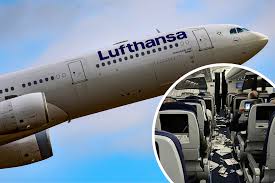
The Lawsuit
The plaintiff, identified in court documents as Jonathan Reed, a 38-year-old technology executive based in Austin, alleges that the airline failed in its duty of care to passengers. Reed claims he suffered a concussion, spinal injuries, and severe psychological distress due to the turbulence.
Filed by prominent aviation law firm Davidson & Bowers LLP, the complaint argues that Lufthansa was “grossly negligent” in its flight planning and monitoring. The suit seeks compensatory damages for medical expenses, loss of income, and emotional suffering, as well as punitive damages aimed at penalizing the airline for what the plaintiff’s attorneys call “reckless disregard for passenger safety.”
“Passengers trust airlines to prioritize their safety, especially when warning systems and modern technology are available to detect dangerous conditions,” said Michael Bowers, lead attorney for Reed. “Our client’s life has been permanently altered because of an incident that could and should have been avoided.”
Details of the Incident
According to official reports from the Federal Aviation Administration (FAA) and Lufthansa’s internal review, Flight 469 encountered “severe clear-air turbulence” — a phenomenon notoriously difficult to predict because it occurs without visible weather cues like storm clouds.
Approximately 90 minutes into the flight, without warning, the aircraft abruptly dropped and shook violently, sending unsecured passengers, flight attendants, and items airborne. Seven people were hospitalized after the emergency landing. Witnesses described scenes of terror, with screams filling the cabin and debris scattered throughout the plane.
“I thought the plane was going to break apart,” one passenger told a local news outlet shortly after the incident. “It was like a movie, but it was real.”
Reed’s complaint states that he was not wearing a seatbelt at the time of the turbulence — a point that Lufthansa may highlight in its defense — but his attorneys argue that the airline failed to adequately warn passengers of the possibility of severe turbulence and did not keep the seatbelt sign illuminated consistently.
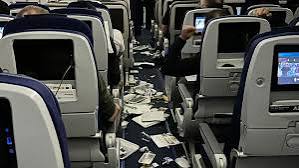
Lufthansa’s Response
Lufthansa has declined to comment specifically on Reed’s lawsuit, citing ongoing litigation. However, a spokesperson reiterated the airline’s general commitment to safety:
“Lufthansa regrets the injuries sustained by passengers and crew members during the turbulence event aboard Flight 469. Safety is our highest priority, and we continuously review and improve our procedures based on new data and evolving technology.”
In previous statements about the incident, Lufthansa emphasized that clear-air turbulence is among the most challenging weather phenomena for pilots to detect and avoid. Unlike turbulence associated with thunderstorms, clear-air turbulence is invisible to radar and often comes without warning.
Legal Experts Weigh In
Aviation law experts say Reed’s lawsuit could set important precedents, especially around the duty of airlines to anticipate and warn about turbulence.
“Clear-air turbulence cases are complex because of the unpredictability factor,” said Professor Linda Martinez, who teaches aviation law at Georgetown University. “However, if Reed can demonstrate that Lufthansa ignored warning signs from weather models, pilot reports, or failed to properly brief passengers, he may have a strong case for negligence.”
Martinez also notes that airlines generally recommend that passengers keep their seatbelts fastened throughout a flight, even when the seatbelt sign is off. Whether the flight crew adequately communicated that advice could be a critical point in court.
In similar past cases, airlines have sometimes settled out of court to avoid prolonged litigation and potential reputational damage.
Broader Implications
The lawsuit also raises broader questions about how airlines prepare for increasingly volatile atmospheric conditions. Scientists have warned that climate change may be increasing the frequency and severity of turbulence, particularly clear-air turbulence.
A 2022 study published in Nature Climate Change found that instances of severe clear-air turbulence had increased by 55% over the North Atlantic over the past four decades. As global air currents shift and temperature gradients become more extreme, experts predict that turbulence-related injuries may become more common.
“Airlines may need to adopt new forecasting technologies and update safety protocols to meet these challenges,” said Dr. Emily Zhang, an atmospheric scientist at MIT.
Passenger Rights and Airline Responsibilities
International aviation law, governed in part by the Montreal Convention, stipulates that airlines are liable for injuries sustained on international flights, except in cases where the carrier can prove that it took all necessary measures to prevent the damage or that the damage was due to an extraordinary circumstance.
Reed’s attorneys argue that Lufthansa failed to meet this standard and that the airline should be held accountable for not taking all reasonable steps to prevent harm.
“This isn’t just about turbulence,” attorney Bowers said. “It’s about an airline’s obligation to foresee potential hazards, communicate risks to passengers, and act decisively to minimize harm.”
If successful, Reed’s lawsuit could open the door for other passengers injured during the same flight — or similar incidents — to seek damages.
The Human Cost
Beyond the legal and scientific debates, Reed’s story highlights the profound personal toll that such incidents can have. According to the lawsuit, Reed has suffered from chronic headaches, vertigo, and post-traumatic stress disorder (PTSD) since the flight. He has been unable to return to his high-pressure job in the tech industry and faces mounting medical bills.
His family describes him as a once-vibrant individual now grappling with daily pain and anxiety.
“He’s not the same person,” said Reed’s wife, Megan. “He used to travel all over the world for work and for fun. Now he’s scared to get on a plane. It’s heartbreaking.”
Next Steps
The case is expected to move into discovery over the next several months, with both sides exchanging evidence. Aviation experts, flight crew members, and meteorologists may be called to testify. A trial date has not yet been set, but preliminary hearings are scheduled for late summer 2025.
If the case proceeds to trial, it could become one of the most closely watched aviation lawsuits in recent years, especially given growing concerns about turbulence and airline accountability.
Regardless of the outcome, Reed’s lawsuit signals a new era of scrutiny over how airlines handle turbulence risks — and how much responsibility they bear when the skies turn unexpectedly dangerous.
